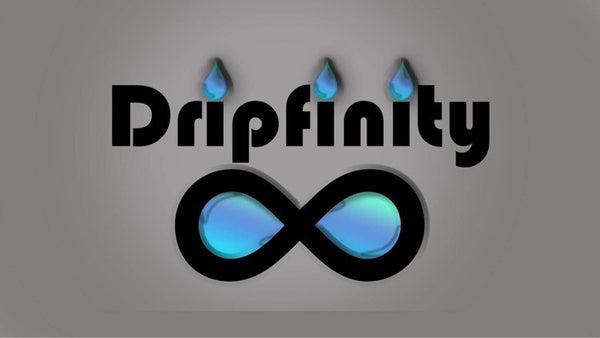The Rise of AI-Generated Art
The Role of Artificial Intelligence in the Art World
In recent years, we have witnessed the rapid advancement of artificial intelligence (AI) in various fields, and the art world is no exception. AI has found its place in creating art, and the emergence of AI-generated art has been both intriguing and controversial. By leveraging machine learning algorithms, AI can analyze vast amounts of data and create original artwork that imitates or surpasses human creativity. This groundbreaking technology has opened up new possibilities and challenges the traditional notion of art creation. One of the key advantages of AI-generated art is its ability to explore new styles and artistic concepts that might not have been readily accessible to human artists. AI algorithms can analyze a vast collection of art history, cultural references, and contemporary trends to generate artworks that push the boundaries of traditional art forms. This allows for artistic expression that reflects a range of influences and can be both visually appealing and thought-provoking.
AI-generated art has also revolutionized the concept of art curation and personalization. Platforms like Dripfinity Immersive Art, for example, have harnessed the power of AI to create immersive and interactive art experiences. With the help of AI algorithms, artworks can adapt to the viewer's preferences, creating personalized exhibitions and enhancing the overall experience. This type of AI-enabled curation not only makes art more accessible and engaging but also encourages individuals to discover new artists and explore diverse artistic styles. While AI-generated art offers exciting new possibilities, it has also sparked debates within the art community. Some argue that AI-created artworks lack the depth and emotional connection that comes from human creativity. Others worry about the potential impact on the livelihood of human artists as AI technology advances. However, many artists and critics recognize AI-generated art as a complementary tool that can enhance human creativity rather than replace it. AI serves as a collaborator, offering novel ideas and techniques for artists to explore and incorporate into their creative processes.
New Avenues for Ecommerce and Print-on-Demand
The rise of AI-generated art has not only transformed artistic creation and curation but has also opened up new avenues for ecommerce and print-on-demand businesses. With platforms like WondrAI, artists can leverage AI algorithms to generate unique designs that cater to individual customers' preferences. This level of personalization and customization allows for a more tailored shopping experience, resulting in increased customer satisfaction and loyalty.
Furthermore, ecommerce platforms that offer AI-generated art can expand their product offerings without the need for physical inventory. This enables businesses to reduce costs associated with production, storage, and shipping, making art more accessible to a wider audience. Customers can choose from a vast array of AI-generated designs and have them printed on-demand on various products, such as canvas prints, apparel, home decor, and more. This seamless integration of AI technology with ecommerce and print-on-demand services revolutionizes the way art is consumed and purchased.
Challenges and Ethical Considerations
As AI-generated art becomes more prevalent, it brings forth a set of unique challenges and ethical considerations. One of the primary concerns is the attribution and ownership of AI-generated artworks. Since AI algorithms are trained on vast amounts of existing artwork, it becomes difficult to determine the extent of human authorship versus AI contribution. Intellectual property rights and copyright laws may need to be reevaluated and updated to address these complexities.
Another aspect to consider is the potential for bias and discrimination in AI-generated art. Machine learning algorithms learn from historical data, and if this data contains biases or reflects societal inequalities, it can be replicated in the AI-generated artworks. It is crucial to ensure diversity and fairness in both the input data and the algorithms themselves to avoid perpetuating harmful stereotypes or exclusionary practices.
The Future of AI-Generated Art
The future of AI-generated art is undoubtedly promising. As AI technology continues to advance, we can expect even more sophisticated algorithms that push the boundaries of artistic expression. AI-generated art has the potential to inspire and challenge our preconceived notions of creativity, leading to new forms of artistic collaborations and experiences.
In conclusion, the rise of AI-generated art has brought about significant advancements in the art world. From exploring new styles to personalizing art curation, AI has revolutionized the creative process. Its integration with ecommerce and print-on-demand platforms has also opened up new opportunities for artists and consumers alike. While challenges and ethical considerations persist, the future of AI-generated art holds immense potential for artistic innovation and collaboration.
To explore stunning and immersive AI-generated art, visit Dripfinity Immersive Art. For artists and businesses looking to leverage AI in their creative processes, check out the services offered by WondrAI.

